Carnivorous Butterwort Pinguicula Houseplant
Carnivorous plants definitely fall into the category of weird, wonderful and downright fascinating. Mesmerising houseplant owners of all ages with their striking appearances and fascinating adaptations to capture and feed on insects and small creatures. It is no wonder they have held their popularity for decades.
Pinguicula, commonly known as a Butterwort plant is a natural fungus gnat killer! If you have an issue with this pest this plant is for you.
Each carnivorous plant comes with beautifully illustrated care guides by local Scottish artists.
Please note that the carnivorous plants with minor cosmetic leaf damage are on sale and are not eligible for discounts or refunds. Despite their imperfections, these plants are healthy and will continue to grow, producing plenty of fresh, new leaves over time.

Free Care Guide With Every Purchase
Scan the plant pot QR for instant access to our care guide for your plant. No hassle, no stress, just healthy and happy plants.
The best place to start with carnivorous plants is by understanding their natural habitat and how their environment has led them to form such unique adaptations. Carnivorous plants have been on the planet for a long time, around forty million years and have been found on almost every continent and tropical island with Antarctica being the only exception.
Carnivorous plants are typically found in areas that are high in natural light and moisture, as well as water-logged areas like swamps where the nutrients in the soil are virtually non-existent. Many of their strange adaptations have been formed from this lack of nutrients.
All plants need basic nutrients to survive and without them, they don’t stand much of a chance.
Nitrogen and phosphorus are two of the most important nutrients plants need, nitrogen is the main component in chlorophyll which plants use for photosynthesis. The other is phosphorus, which is needed to make this process possible. Plants use phosphorus to take in, store and convert the sun’s rays. Without it, they would be unable to use the sun’s energy to create the biomolecules (proteins, amino acids, DNA) they need to grow and reproduce.
Carnivorous plants have adapted over millions of years to get these essential nutrients from their environment. Unable to get these nutrients from the soil they have formed traps to capture insects and small creatures that are rich in the nutrients they lack.
There are approximately 600 different species that fall into the Carnivorous plant category. These different species have found ways of attracting, trapping, killing, and absorbing their prey purely to extract the nutrients they need for survival.
Most carnivorous plants will use bright colours, distinctive smells, and sticky surfaces to attract insects but there are some key mechanisms that make up the variations of carnivorous plants and most species can be spread across these different hunting strategies
- Snap traps use rapid leaf movement to snap shut and capture their prey.
- Bladder traps suck in their prey with a small internal vacuum.
- Pitfall traps entice prey into a small rolled-up leaf with digestive enzymes.
- Flypaper traps utilize sticky mucus to trap their prey.
- Eel traps use inward-facing hairs to force their prey towards the digestive organ.
Looking for an help how to look after your carnivorous and make it thriving?: Click here to check our care instructions to find out how to look after your carnivorous plant.
Would you like to learn about carnivorous plants? Check our article here.
Pet Friendly
Q1: What care requirements do Butterwort plants need to thrive indoors?
A1: Butterwort plants thrive in environments with high natural light and consistent moisture. Place them in a spot with indirect sunlight and keep the soil slightly damp. Avoid fertilisers as these plants obtain nutrients from trapped insects.
Q2: Can I keep a Butterwort plant in a terrarium setting?
A2: Yes, Butterworts are excellent for terrarium settings due to their need for moist environments. Ensure the terrarium is well-lit and has some airflow to prevent mould, which can harm the plant.
Q3: Are Butterwort plants suitable for beginners, and how do they benefit from them being pet-friendly?
A3: Butterworts are great for beginners because of their easy-care nature and ability to handle occasional neglect. Their pet-friendly status also makes them a safe choice for households with animals, eliminating the worry of toxic effects if accidentally ingested by pets.
☀️ Light
☀️☀️▫️ (Medium)
The Carnivorous Butterwort Pinguicula thrives in medium light conditions. It enjoys bright, indirect sunlight. Too much direct sun can scorch its leaves, while too little light may hinder its ability to trap enough food.
💧 Water
💧💧▫️ (Medium)
Keep the soil consistently moist but not waterlogged. During the growing season, water frequently to maintain moisture levels. Reduce watering in the winter, letting the topsoil slightly dry out between waterings.
🌡️ Temperature
🌡️🌡️▫️ (Average)
This plant prefers temperatures between 10°C and 21°C. It can tolerate cooler nights but should be protected from frost and harsh temperatures below 4°C.
💦 Humidity
💦💦▫️ (Moderate)
Butterwort plants enjoy moderate humidity, which helps in keeping their sticky leaves efficient for trapping prey. If your home is very dry, consider using a humidity tray or a small room humidifier.
🪴 Repotting
Repot your Butterwort every year or two to refresh the soil and provide room for growth. Use a soil mix designed for carnivorous plants, which usually includes sphagnum moss and perlite, to ensure proper drainage and aeration.
🐾 Pet Friendliness
This plant is pet-friendly! It poses no harm if curious pets sniff or brush against it.
🏠 Recommended Locations at Home
Place your Butterwort in areas like well-lit kitchens, living rooms, or offices where it can receive plenty of light without direct sun exposure. It’s also effective near windows where it can help control fungus gnats.
✨ Other Plant Features
Aside from its bug-trapping capabilities, the Butterwort is known for its beautiful, sometimes flowering leaves that add a touch of unusual greenery to your space. It’s also a conversation starter due to its carnivorous nature and unique care requirements.
If you have further questions, feel free to ask Mossbot for assistance, or contact us via our website. Remember, we also offer a free plant hospital service if your Butterwort needs extra care!
| 5 star | 96% | |
| 4 star | 3% | |
| 3 star | 1% | |
| 2 star | 0% | |
| 1 star | 0% |
1-5 of 1364 reviews
5 reviews for Carnivorous Butterwort Pinguicula Houseplant
| 5 star | 100% | |
| 4 star | 0% | |
| 3 star | 0% | |
| 2 star | 0% | |
| 1 star | 0% |
1-5 of 5 reviews
Add a review
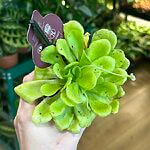 Carnivorous Butterwort Pinguicula Houseplant
Carnivorous Butterwort Pinguicula Houseplant
Your review
* Review is required
Name
* Name is required
Email
* Email is required
Add photos or video to your review
* Please tick the checkbox to proceed
We’re a small family business with a big love for plants.
From our base in Aberdeen, we pack every order with care and love. Our small size means we can be flexible with special requests, and we’re always happy to help. We reuse packaging, craft our own eco-friendly products, and offer friendly advice whenever you need it.
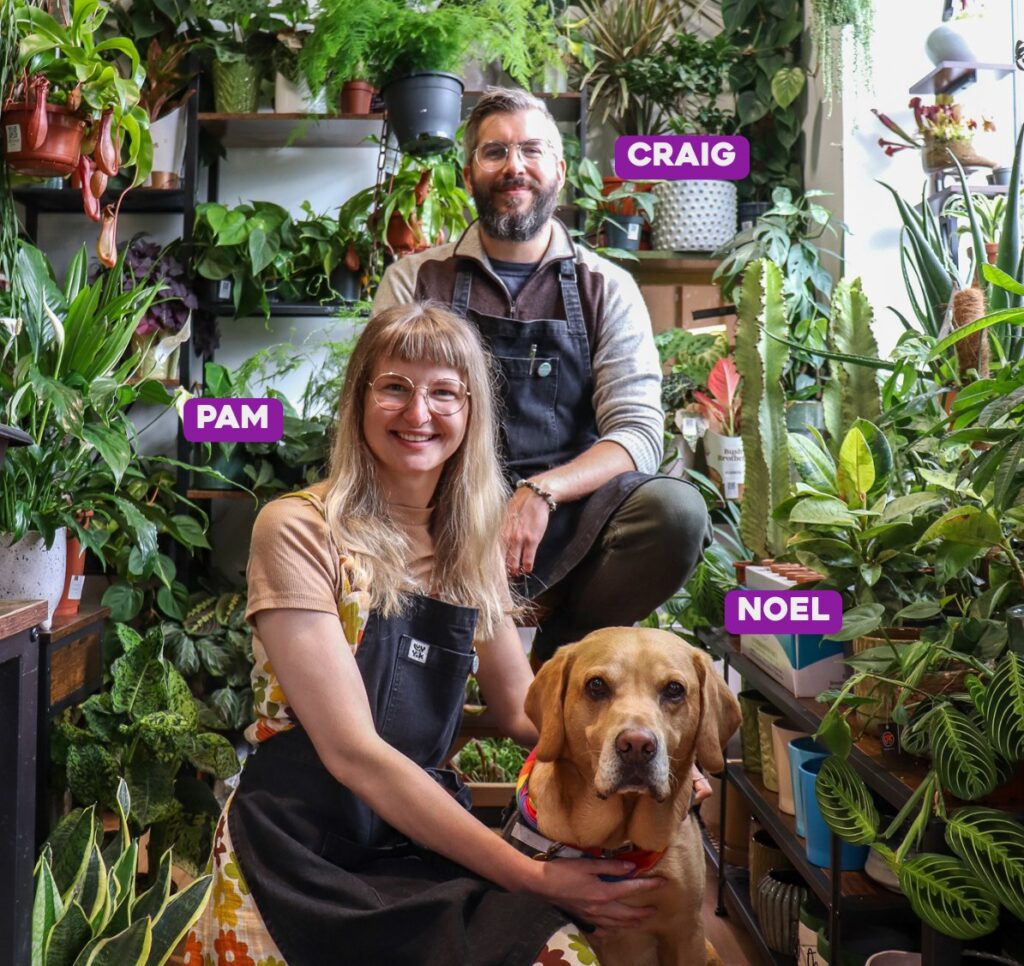
Follow us for plant inspiration, tips & behind-the-scenes!
See our opening times and get directions to our Aberdeen shop – we always love a local review too!
Highland Moss
What Our Clients Say


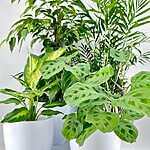

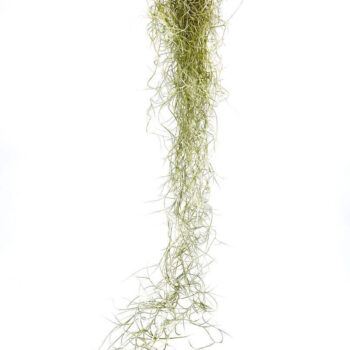
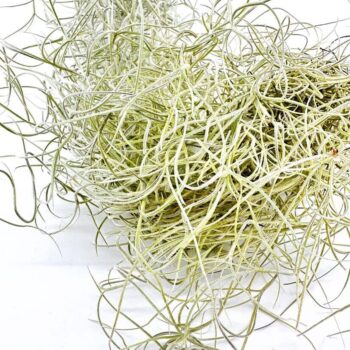
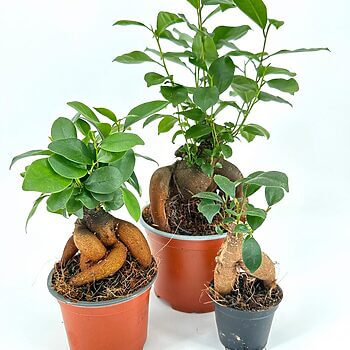
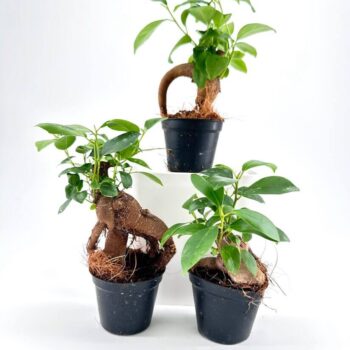
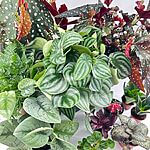




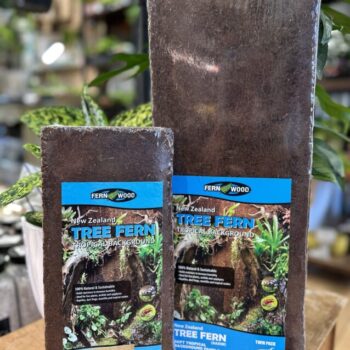
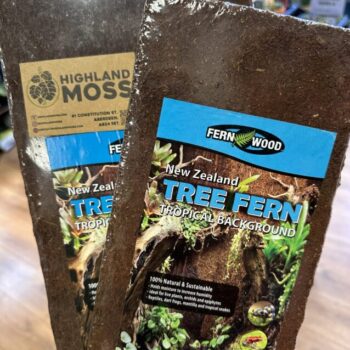
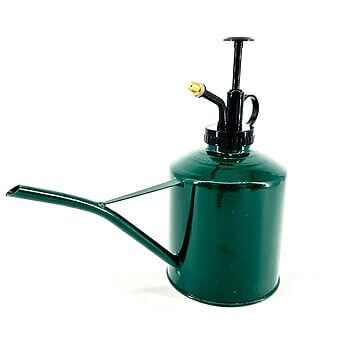
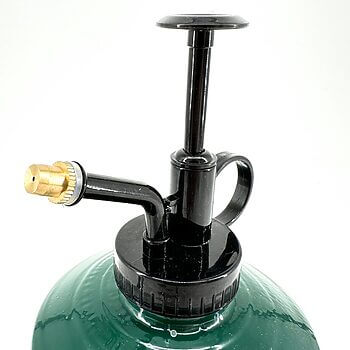
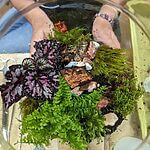


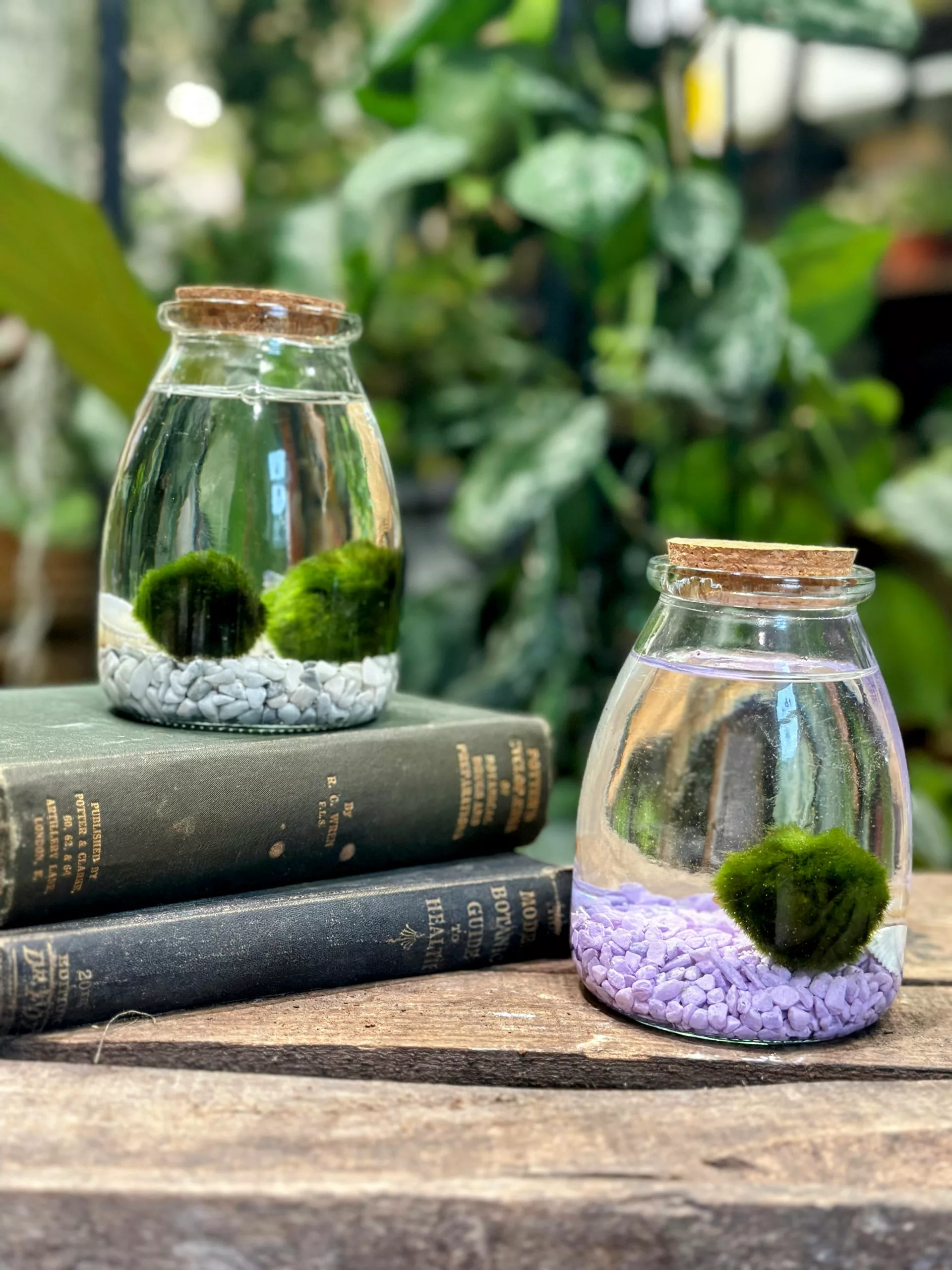
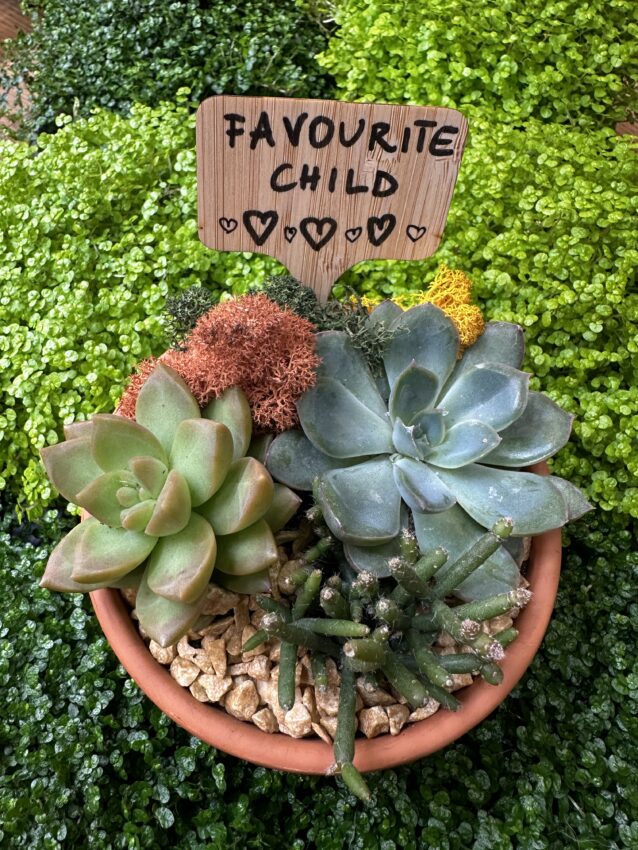
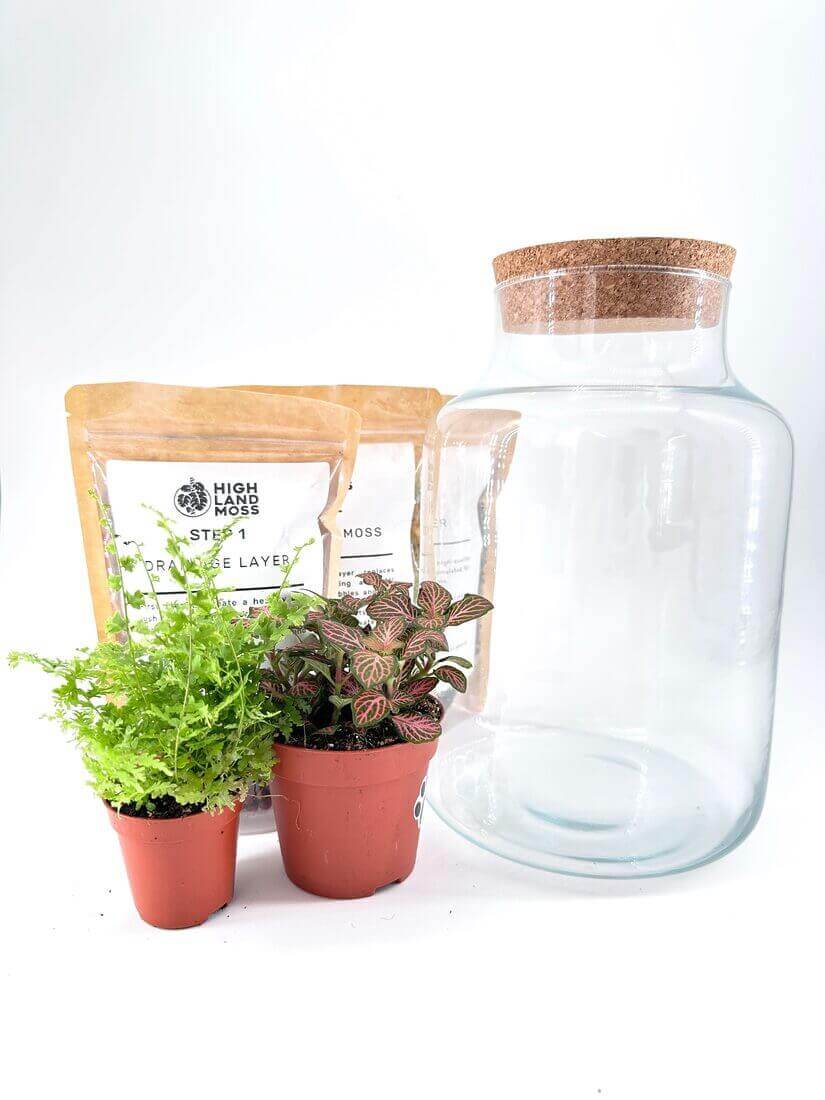
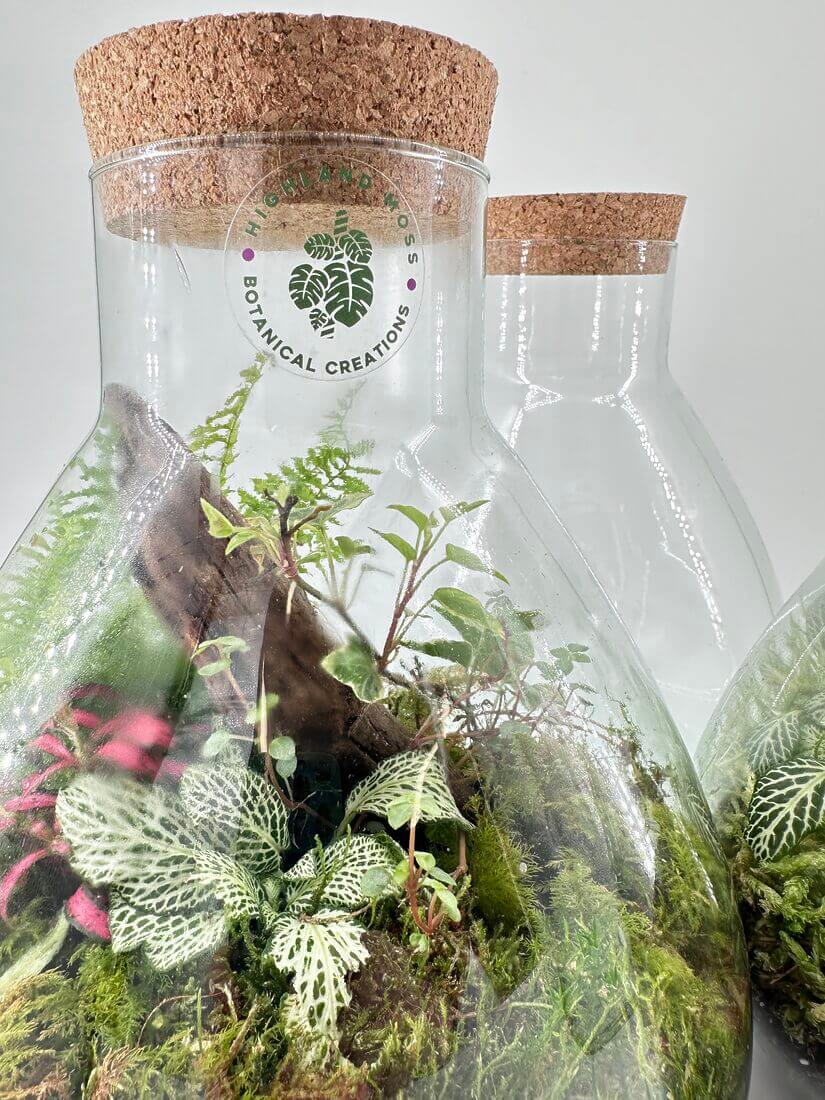
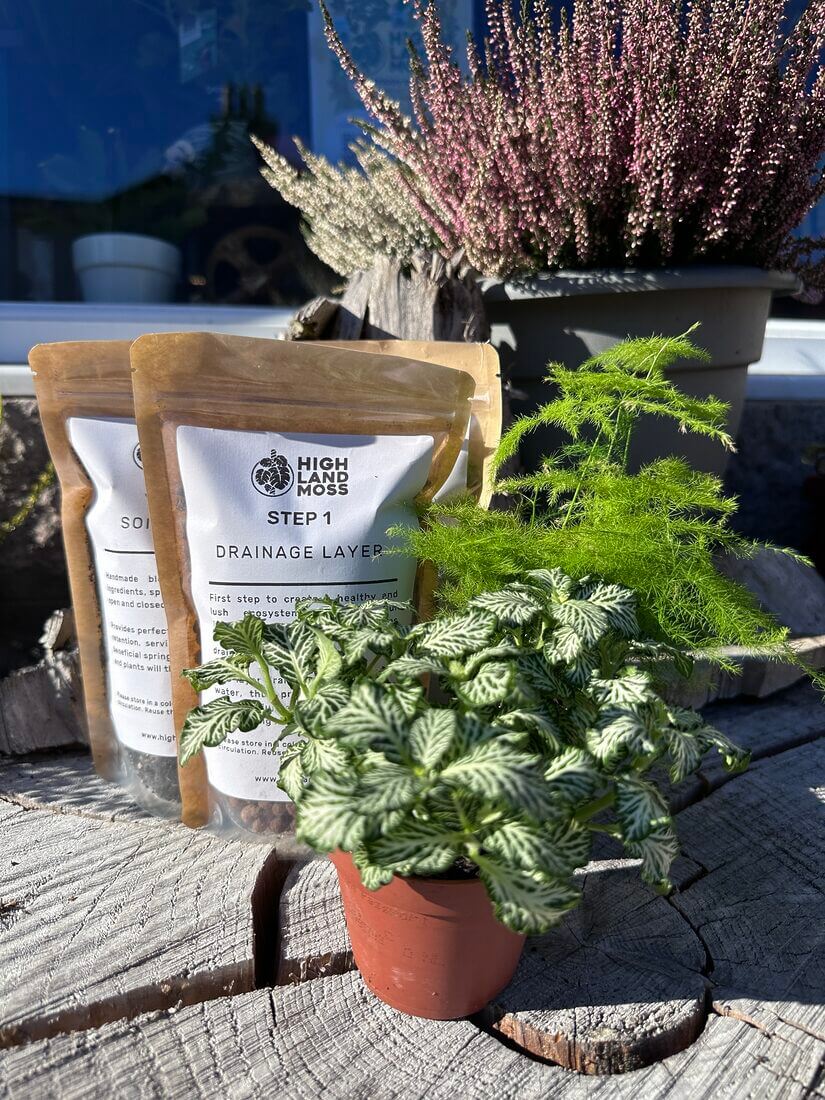

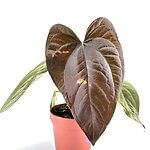


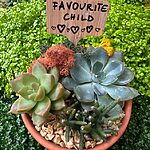
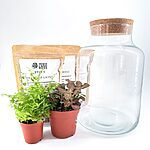
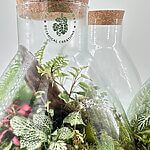
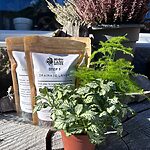


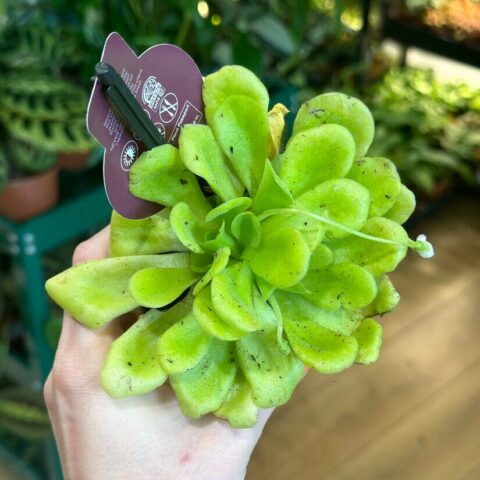





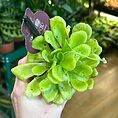
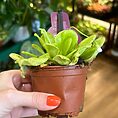
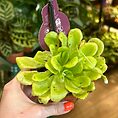
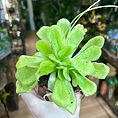
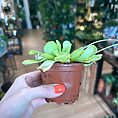
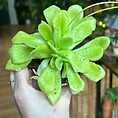
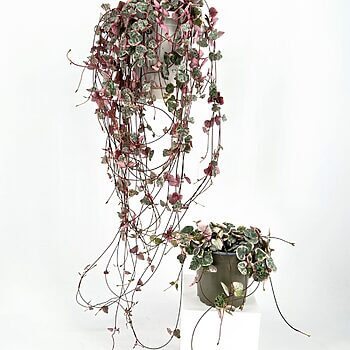
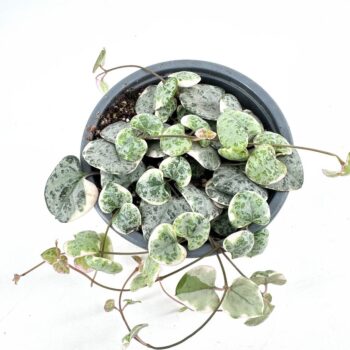
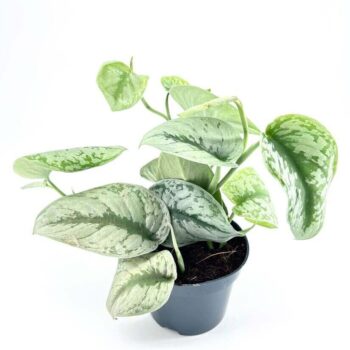
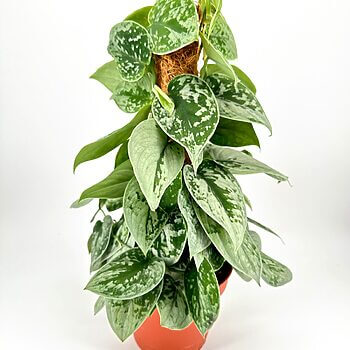
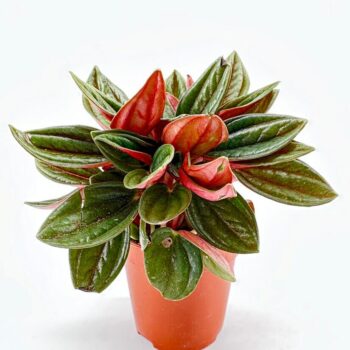
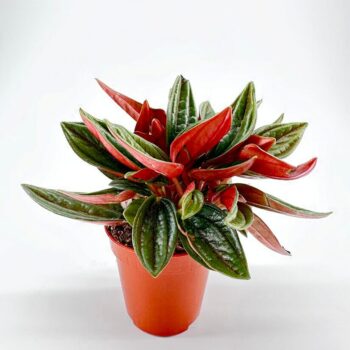
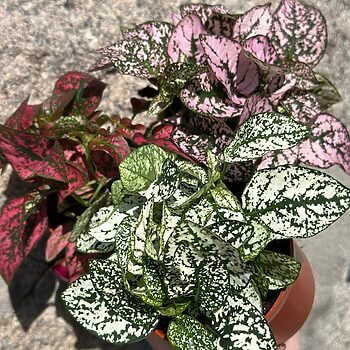
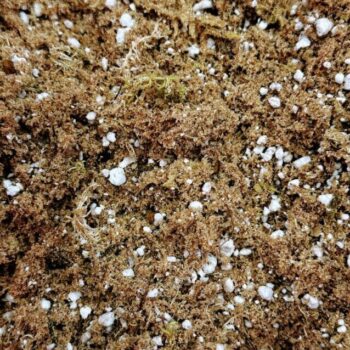
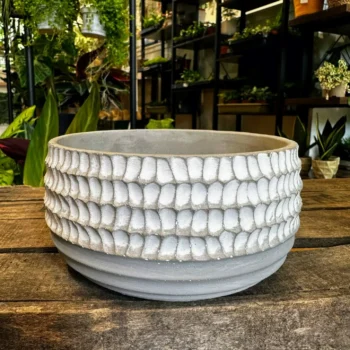
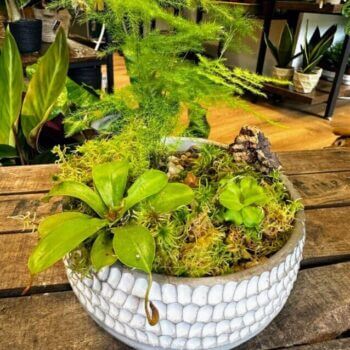
Fantastic service as always from Pam, Craig and the Team! Added bonus to get to meet Angus the new puppy!
Great website and very communicative with delivery updates. Minor issue with the interface for the aroid plants bundle: I was unable to select both the base and extension pole, so had to add the latter separately.
Really lovely selection of plants photographed beautifully. I had a question before placing my order and used the online contact form. Craig couldn’t have been more helpful with a super quick response which resolved my query completely. My order was delivered on time and the plants and accessories were wrapped so beautifully with thoughtful little extras which made opening everything really special. I even got a ‘wee gift’ with my order and although I was aware from the website that one would be included with my order, it was just another example of a company who really wants to connect with the customers, even though there must be a financial commitment. I found the website full of useful articles and being able to access specific care guides for my purchases has been extremely useful.
The plants are well taken care of and from the few times I’ve bought from them never had any issues with the plants. 10/10 care would definitely recommend buying either only or in person.